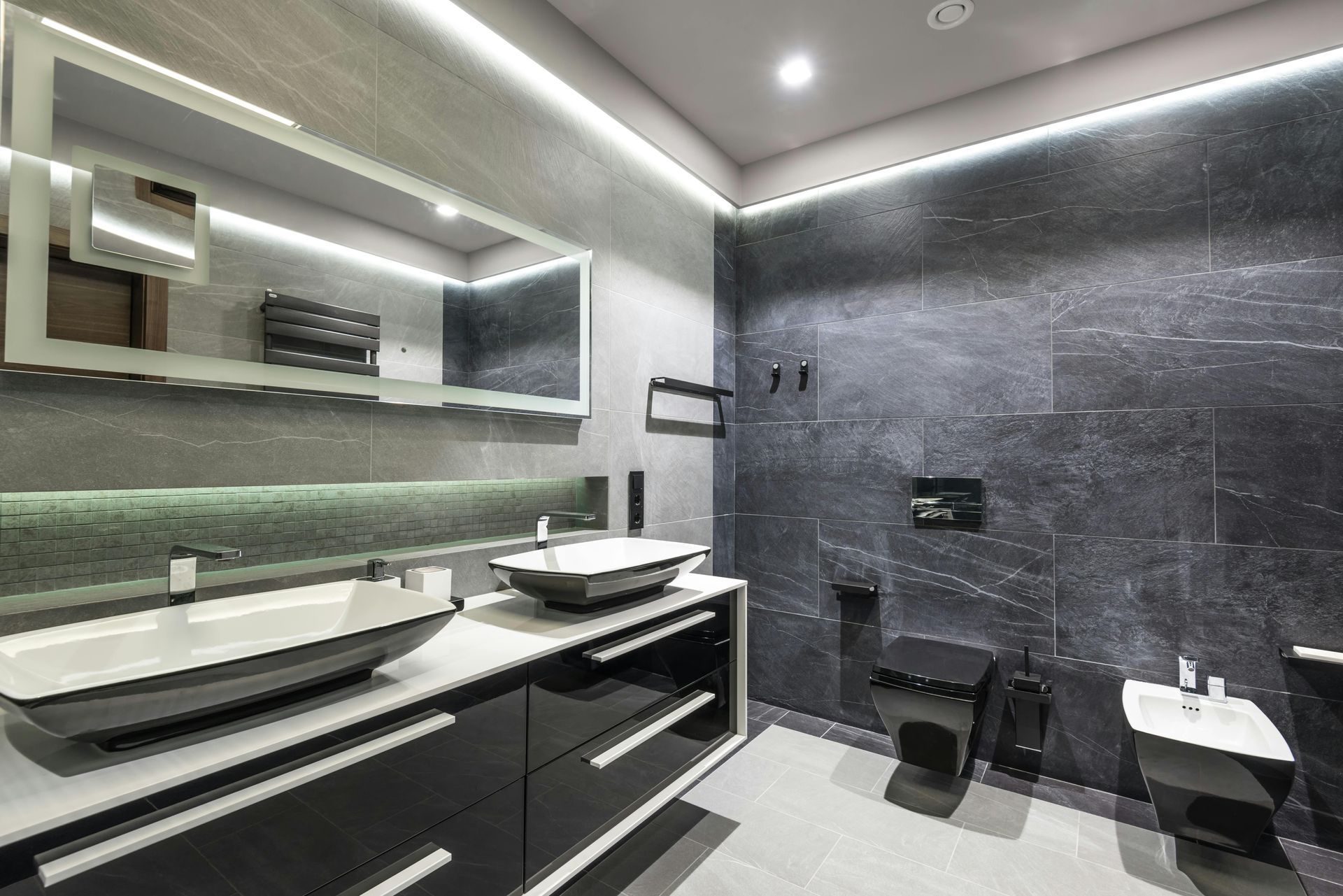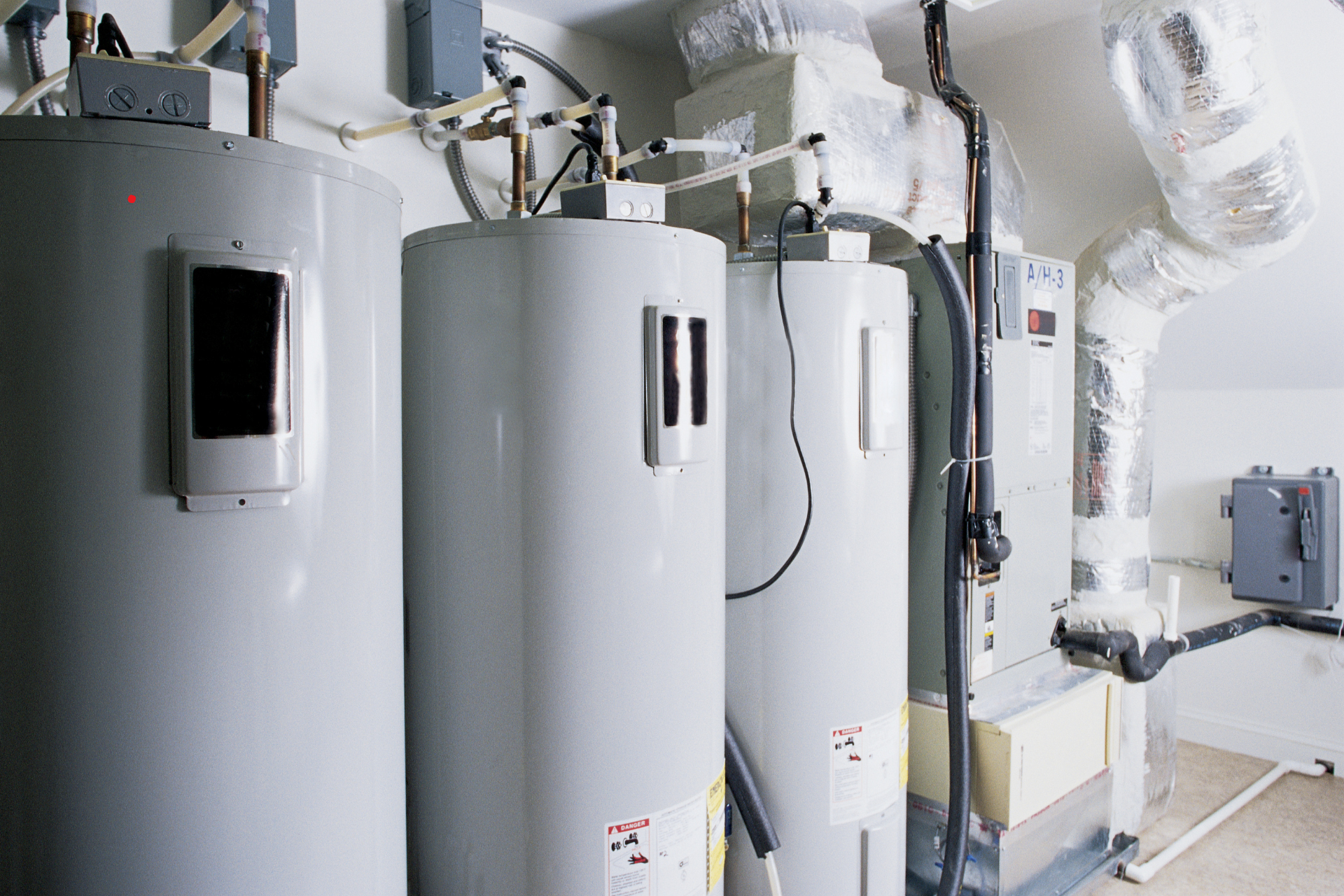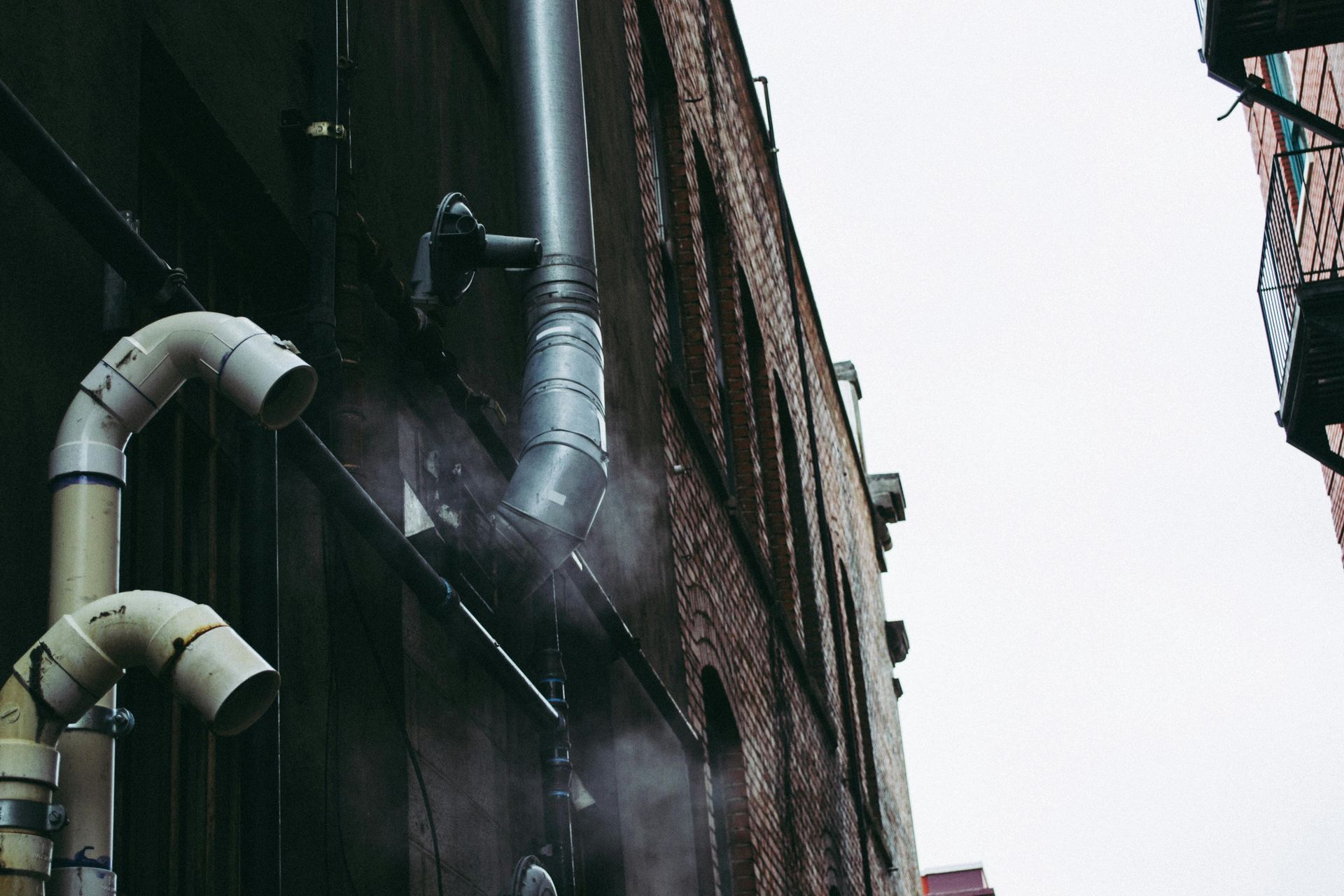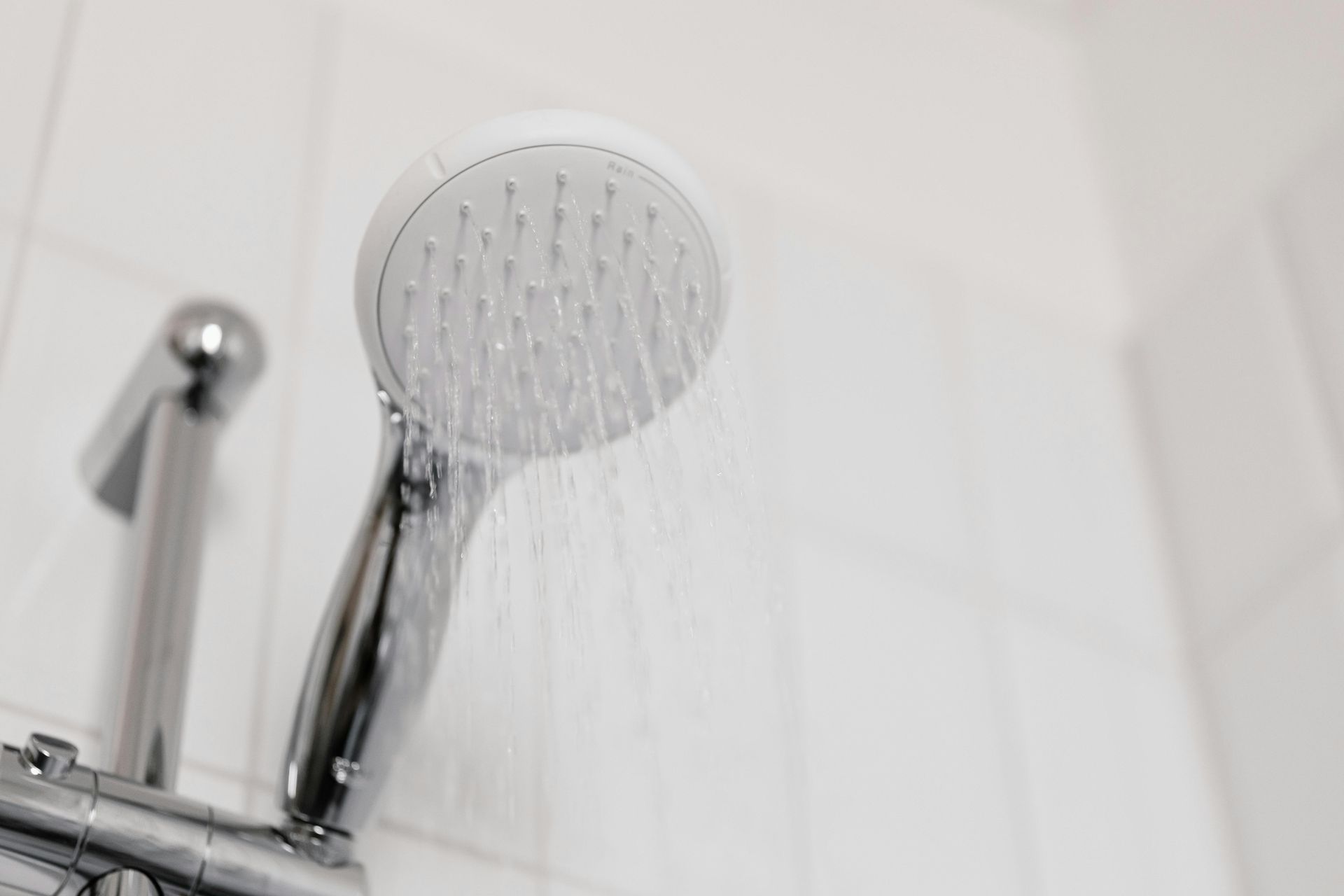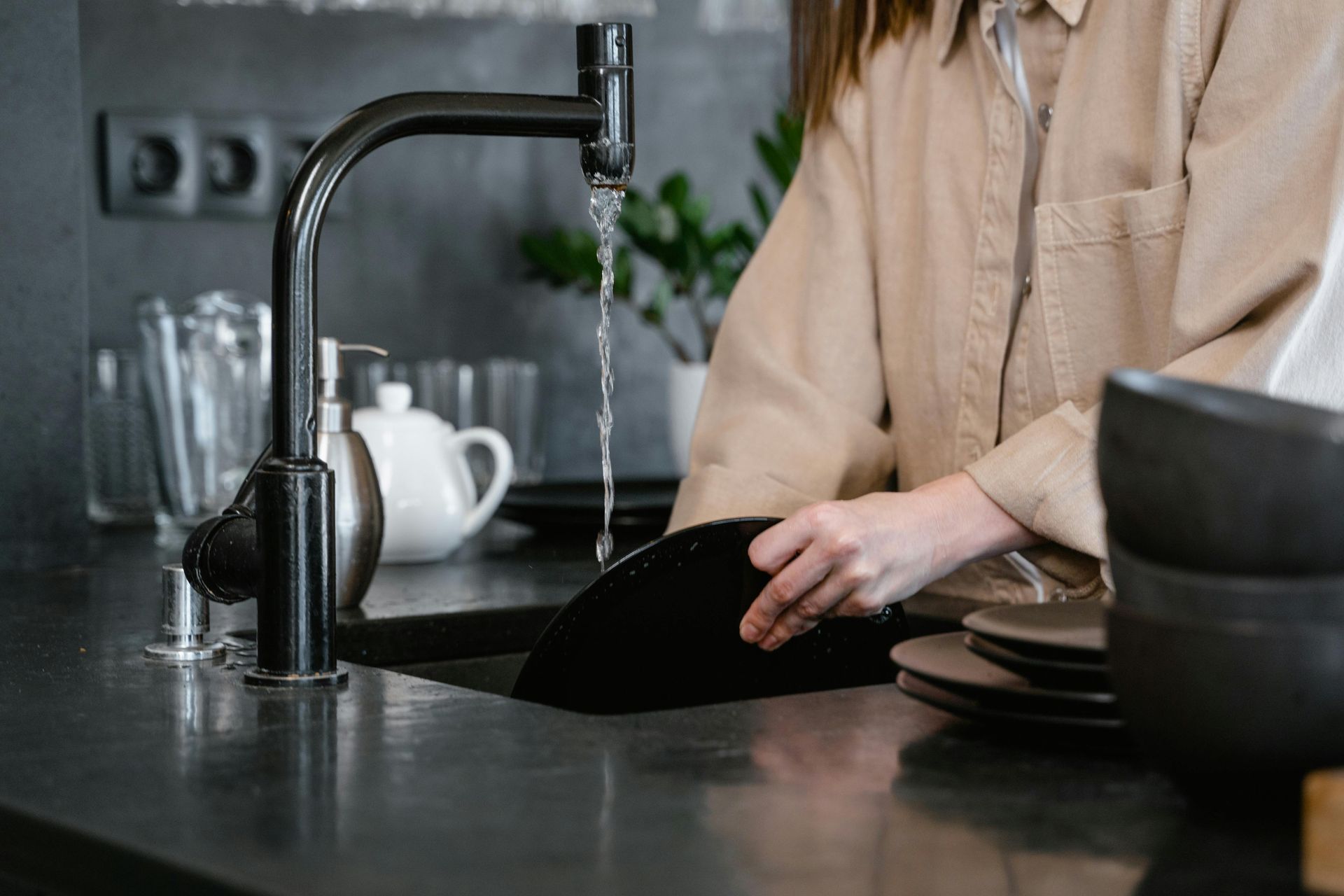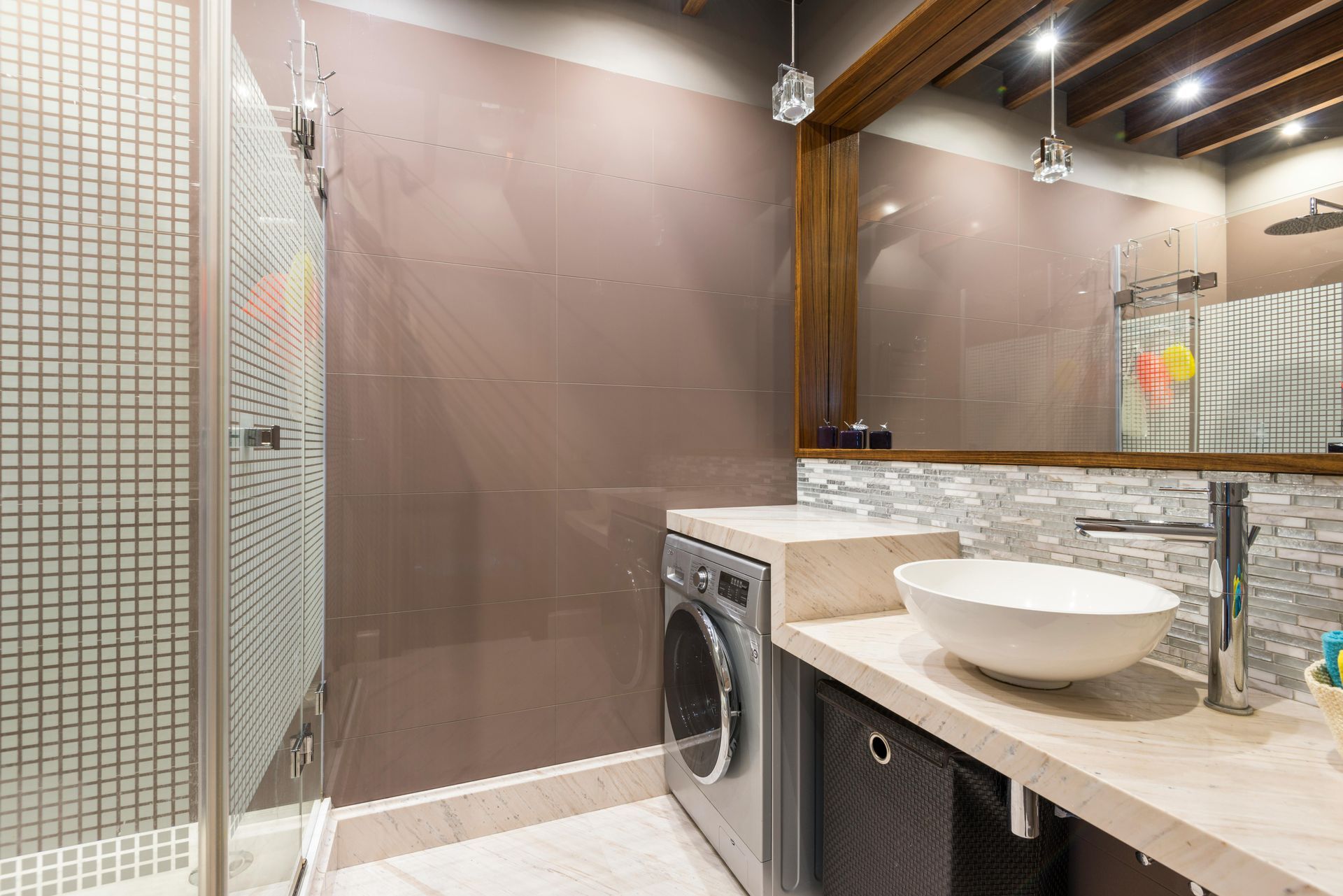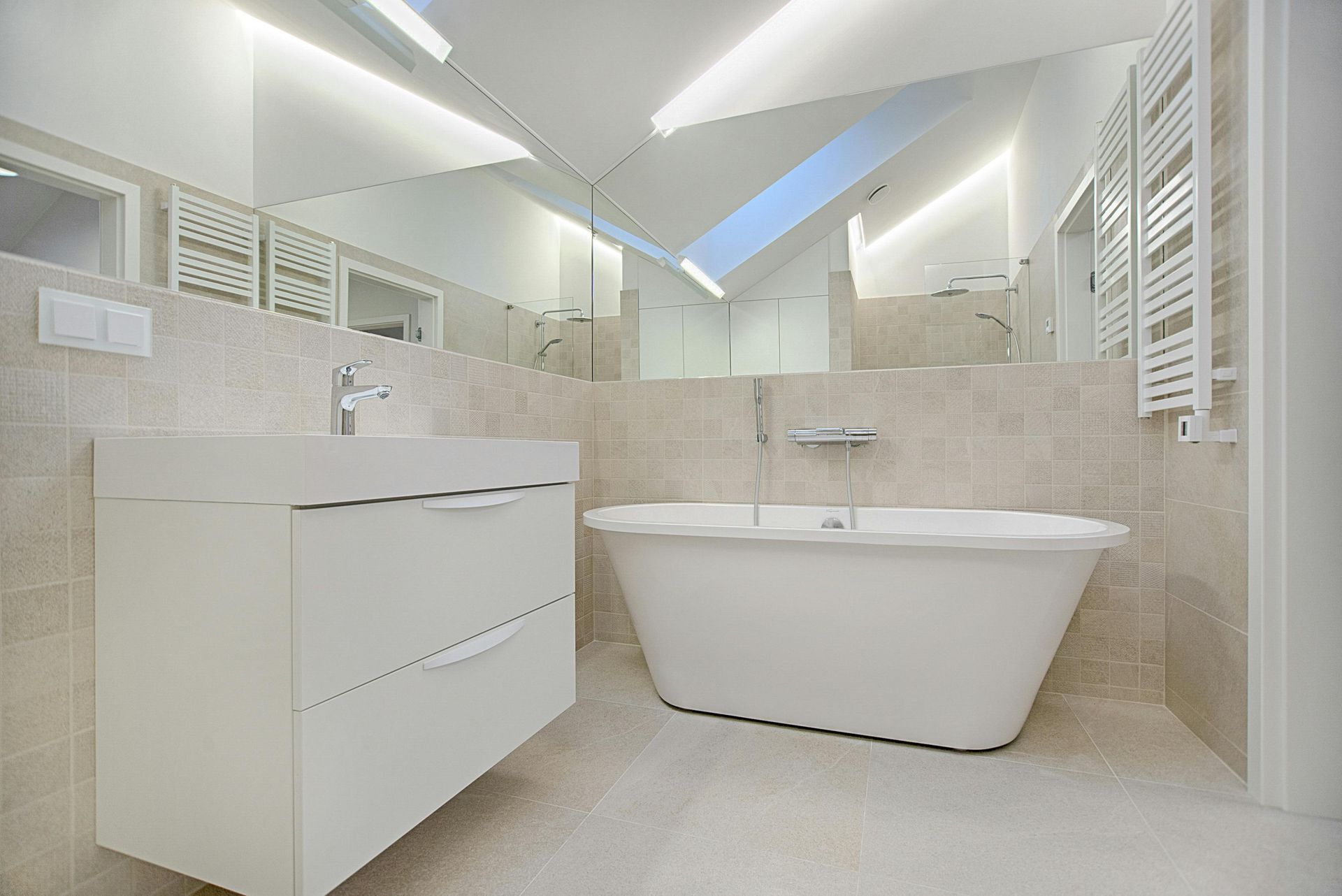What Is a Water Shutoff Valve and Where Can You Find It in Your Home?
Every residential plumbing system includes several essential components—one of the most important being the water shutoff valve. Whether you're dealing with a leaking pipe, a malfunctioning faucet, or preparing for plumbing repairs, knowing where the shutoff valve is located and what it looks like can help prevent serious water damage.
This article explains what a shutoff valve is, where to look for it inside and outside the house, and how to identify the main water shutoff valve in a typical residential setting.
What Is a Water Shutoff Valve?
A water shutoff valve (also called a stop valve or isolation valve) is a mechanical device used to stop the flow of water through a pipe. It allows you to:
- Shut off water to the entire house (main valve)
- Stop water supply to individual fixtures (localized valves)
- Control water flow during maintenance, emergencies, or installations
There are two primary types:
- Main water shutoff valve – controls water flow from the municipal supply or private well into your home
- Fixture-specific shutoff valves – typically found under sinks, behind toilets, near water heaters, or behind appliances
What Does a Water Shutoff Valve Look Like?
A shutoff valve can vary in appearance depending on type and installation era. Common forms include:
- Gate Valve
Typically found in older homes, this valve has a round, wheel-like handle and operates with a twist motion. It takes multiple turns to open or close and is often located on the main water line near the foundation or water meter.
- Ball Valve
More common in modern homes, a ball valve features a straight lever handle. When the handle is parallel to the pipe, the valve is open; when perpendicular, it's closed. It’s known for quick shutoff with just a quarter turn.
- Angle Stop Valve
These are the small, chrome-plated valves located beneath sinks or behind toilets. They typically have an oval or round handle and control water to a single fixture.
Regardless of type, water shutoff valves are made of brass, copper, PVC, or galvanized steel, depending on the piping system. They’re usually located where water lines enter or branch off within the structure.
Where Is the Main Water Shutoff Valve Located?
The location of the main water shutoff valve depends on your home’s layout, climate zone, and whether your water comes from a municipal system or private well.
Here are common locations:
- Inside the Home (Cold Climates)
In colder regions, the valve is typically located indoors to prevent freezing. You may find it:
- In the basement, near the front foundation wall
- In a utility room, near the water heater or laundry area
- In a crawl space, close to where the water line enters
- Near the main water meter, often at eye-level or waist-level
- Outside the Home (Warm Climates)
In warmer regions, the shutoff valve is often placed outside to make it easily accessible. Look for:
- A valve box near the street or sidewalk, close to the water meter
- A wall-mounted valve on the exterior of the house near the hose bib
- An in-ground meter pit covered by a rectangular or circular lid

How to Tell If You’re Looking at the Main Shutoff Valve
The main water shutoff valve is usually larger than fixture-specific valves and is placed in a more central or accessible location. You can recognize it by:
- Its position near where the main water line enters the house
- Its connection to the water meter or pressure regulator
- The fact that turning it off shuts down water to the entire house
If you're still unsure whether you've found the main shutoff valve, try turning it off briefly and opening a faucet—if nothing comes out, you've found the right one.
Are There Multiple Water Shutoff Valves in a House?
Yes, most homes have:
- One main shutoff valve
- Separate fixture-specific valves under sinks, behind toilets, near dishwashers, washing machines, and water heaters
- Sometimes a shutoff valve for outside spigots or irrigation systems
Knowing where these are can help you isolate issues without shutting off water to the whole house.
What If You Can't Find the Shutoff Valve?
If you’re asking “Where is my water shutoff valve?” and can’t find it:
- Walk around the perimeter of the house inside and outside
- Look for plumbing access panels or water meters
- Follow the water line from your meter if visible
- Check inspection reports from when you purchased the home
- Ask your building manager or HOA if you live in a condo or townhome
Some valves may be painted over, behind access doors, or hidden in cabinetry—especially in older or remodeled homes.
Why It’s Important to Know the Valve’s Location
In case of:
- Burst pipes
- Overflowing appliances
- Leaking water heaters or toilets
- Planned plumbing upgrades
...being able to quickly locate and operate your water shutoff valve can save your home from major water damage and reduce response time in emergencies.
Let Fly Plumbing Help
If you're unsure where your main shutoff valve is, can't access it, or suspect it's damaged or corroded, Fly Plumbing can help. Our licensed plumbers can:
- Locate all key shutoff valves in your home
- Inspect them for proper function and accessibility
- Upgrade outdated or hard-to-operate valves
- Label valves clearly so you're prepared when needed
We’ll help ensure that your plumbing system is safe, accessible, and ready for any emergency or repair situation.
Frequently Asked Questions
What does a water shutoff valve look like?
It can look like a round handle (gate valve), a lever-style handle (ball valve), or a small oval knob (angle stop valve). The main shutoff is often larger and located near where water enters the house.
Where is the main water shutoff valve in a house?
In cold climates, it's usually inside—near the basement wall, water heater, or crawl space. In warm climates, it's often outside near the meter, hose bib, or in a ground-level box.
Are there multiple shutoff valves in a home?
Yes. In addition to the main shutoff valve, there are smaller valves at individual fixtures like sinks, toilets, dishwashers, and washing machines.

